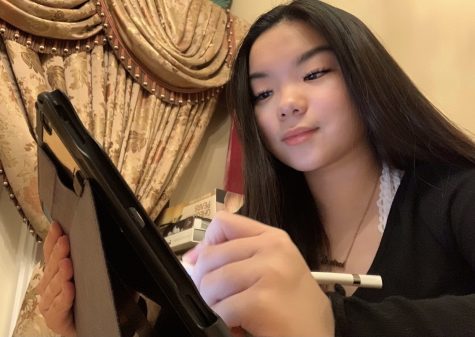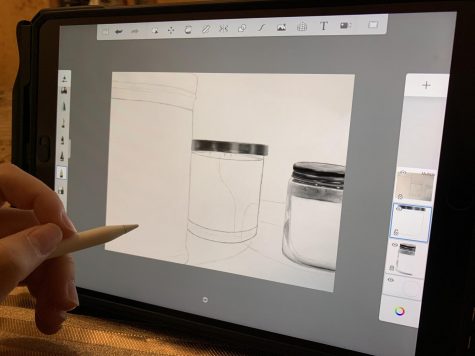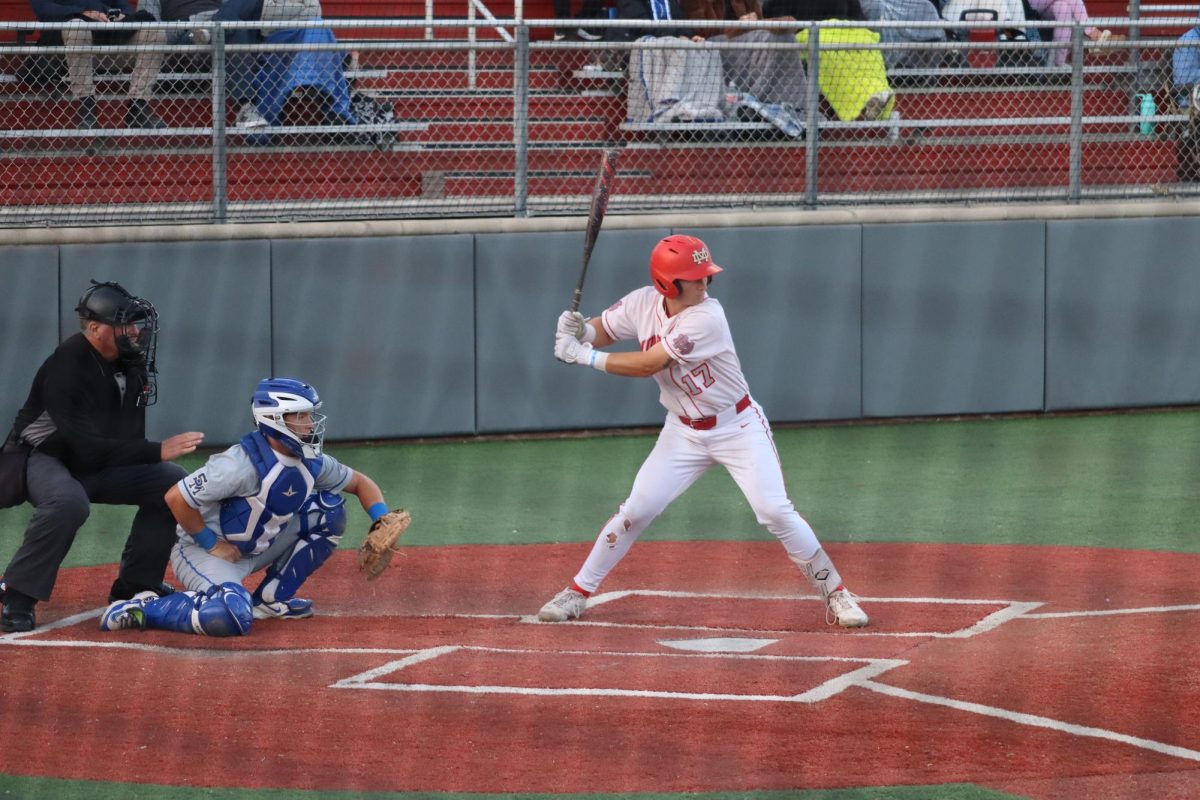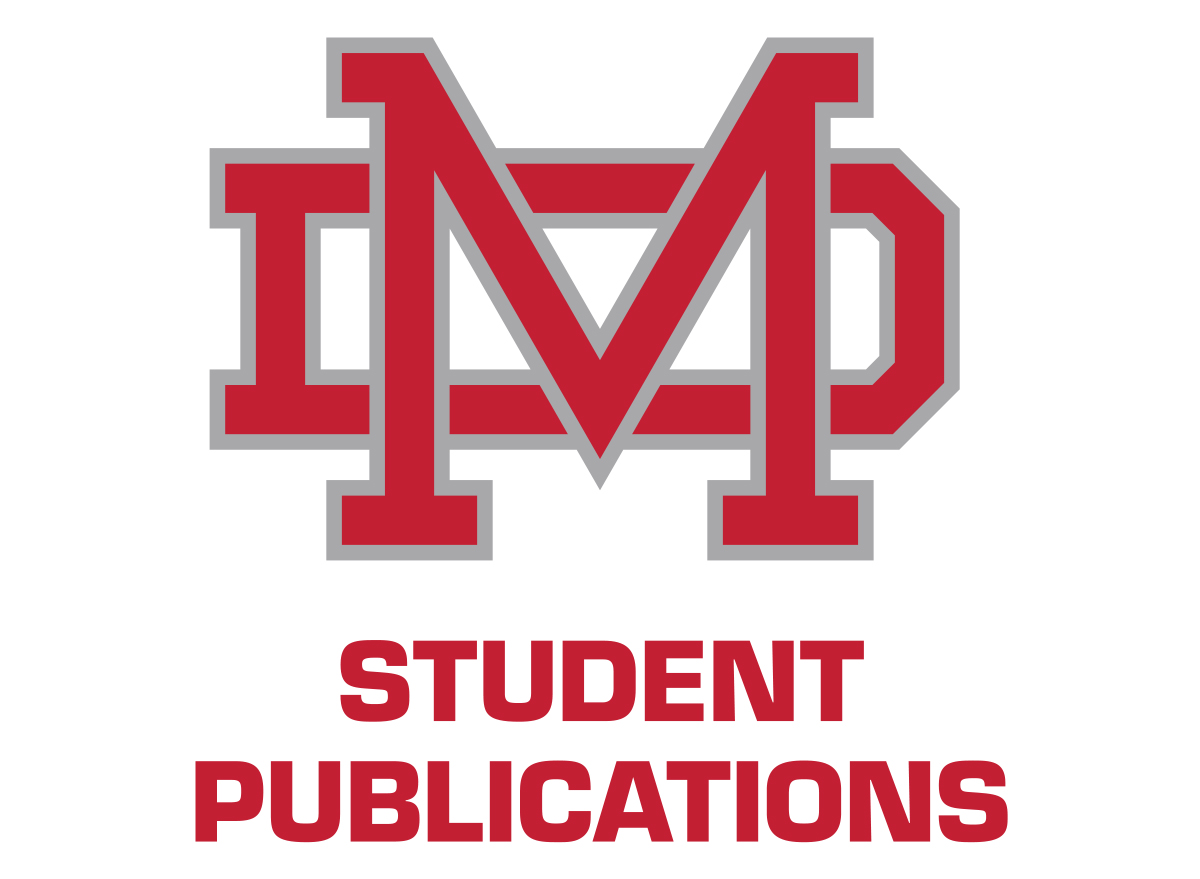Arts teachers, students find success in blended learning format
Students and Teachers involved in extracurricular classes work with the new school schedule using Zoom, Kaltura, and FaceTime.
December 8, 2020

As a result, teachers in the visual arts, performing arts, and film and media arts departments are creating their own schedules with their students. Instead of having a regular in-person core class, the teachers create a time for the students and do their work either online, before or after school, meet for a short period of time on office hour days, or meet over Zoom or Kaltura. Extracurricular classes are labeled as block 1, 8, or 9 courses
For example, the Chambers choir class, a block 9 extracurricular class, meets before the afternoon classes from 10:15-11:05 a.m. in the second level of the parking structure. They meet every weekday, except Wednesday.
Hubert Tran, a sophomore remote learning student who participates in Chambers choir, has been Facetiming his section leader to stay engaged in his class and ask questions through a quick email if needed to talk to the teacher.
“This [way] has benefited me because the only other option would be practice by myself and record myself singing my part on my phone and submitting it to canvas,” Tran said. “By using Facetime, I get to see my friends and interact with my peers which is much more fun and enjoyable”
Desiree Tran, a fully online sophomore student that’s in Art 2, states how her teachers assign her and her classmates their projects and students are able to contact a meeting over Zoom if there’s any question or sign up for a time slot to have an in-person meeting on the office hours days.

“[The teacher] gives us instruction and a “how-to video” of her demonstrating the project…[Then] we have one-on-one zoom meetings if I have any questions,” Tran said. “She can also comment on the submission if anything was wrong or [would] email about it…It has helped me and is very easy.”
Another teacher, Visual Arts Department Chair Kyle Roberts, said he uses Zoom and Canvas to teach his art, graphic design, and animation hybrid classes through special features on his iPad, which helps give students resources to still learn lectures and ask questions even though some are remote.
“[It] allows me to share my iPad screen with the students and demonstrate with the drawing apps the students use… Canvas provides an excellent platform for me to embed supplementary resources for the students to engage with,” Roberts said. “I’d say it’s been working very well, especially for those that work along and complete the assignments in real-time with the live-stream.”
In the middle of the pandemic, teachers and students are relying more on Zoom or Canvas to still have a learning environment accessible for everyone. Even though students are now doing hybrid learning, Kaltura allows them to look back at class that is recorded if they are ever absent and needed to look over a lecture. Students now use their school iPads and their applications more than ever to connect with their teachers and peers.
“We’ve had to make adjustments to the curriculum, but the iPad allows the students to experiment more digitally with certain aspects of each project,” Roberts said. “It’s different for sure, but ultimately might be a better fit for students of 2020 and the digital age in which we live.”





![DUNK THE TRASHKETBALL Honors Biology Teacher Kelly Petro clarifies the rules of his interactive science activity. Trashketball, Petro’s newly created game, reinstates crucial science concepts and terminology while allowing students to study recently learned material. Whether in the classroom or on the lacrosse field, Petro ensures that his student-athletes absorb the information using unique study methods. “For school, I try [to have] a general sense of what works for everyone in the classroom [studying wise]. I want everyone to know the [importance of what we are doing in biology],” Petro said.](https://thescarletscroll.com/wp-content/uploads/2025/06/HEIF-Image-1200x800.jpeg)
